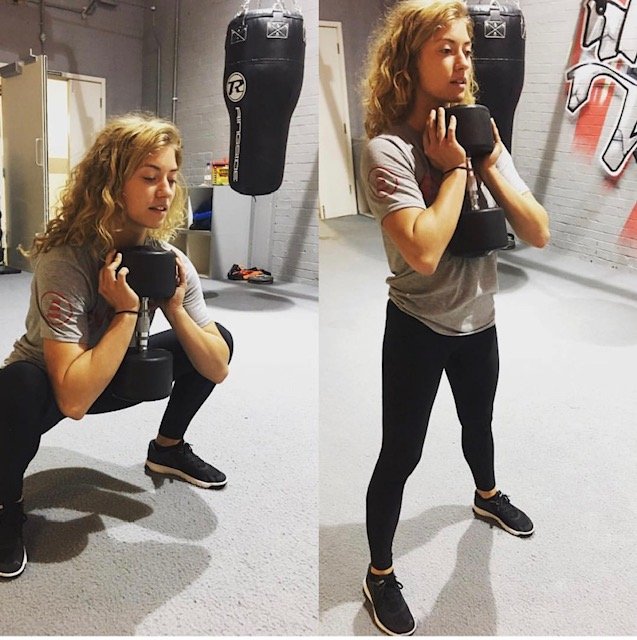Strength Training
Personal Trainers have an occasionally strained relationship with strength training research. On the one hand, it’s useful to check that one isn’t, to use a scientific term, pulling one’s claims out of one’s arse. On the other, it can sometimes feel like research merely validates things we’ve been doing forever. Some personal trainers go so far as to mock strength training researchers as “exercise historians rather than exercise scientists.”
But as always, the truth is in the middle. While it’s not necessary to produce ten peer-reviewed studies every time you want to bench press, it is important to try and stay ahead of the curve.
With that in mind, here are three pieces of strength training research that may surprise you.
On the surface this makes little sense. Surely you train biceps to get bigger biceps, you train calves to get bigger calves. If you want a bigger back you wouldn’t start doing calf raises, would you?
Well, researchers took 20 trained men and split them into groups.

One group did high intensity training for both the upper and lower body. In strength training research, “intensity” refers solely to how heavy you are lifting relative to your maximum. So this group stuck solely to heavy weights, around 90% of their max, for sets of 4-5 reps.
The other group used mixed intensity. Their upper body lifts were still in the 4-5 range, while their lower body exercises were much lighter, around 65% of their max for about 12 reps.
The second group fared much better. They made far better progress in terms of strength, power output, muscle gain and fat loss.
Why did this work? We could speculate that the higher rep ranges on the lower body movements led to greater release of growth hormone. Another possibility is that their recovery was better. Heavy lower body lifting is extremely fatiguing on the nervous system. We can only speculate. But for now it seems like higher rep leg work is the way forward.
Injuries are incredibly frustrating. You know how it is when you’re making great strides and suddenly slip on the ice or fall down the stairs or get a paint can to the face puts you out of action (all of these examples are drawn from Home Alone, if you hadn’t guessed already). But what if you could still train while injured? Well you can. And even better, it will still help the injured area, even if you don’t train it specifically.
It’s called the crossover effect. Let’s say you break your left wrist and can’t hold a dumbbell for six weeks. If you continue to train your right side as normal, the injured side will continue to make strength gains, or at the very least preserve your current strength and muscle mass. You can enhance this effect by doing “imagined contractions” on the injured side. Literally imagining the muscles of the injured side mirroring the non-injured side’s movement will help preserve muscle mass and strength. No brain no gain.
This seems like gym heresy, surely incline pressing trains the upper chest while decline works the lower part. This has been repeated as strength training fact since time immemorial, or at least since Arnie was heaving shit around in the 60’s. But what happened when they actually tested it?
15 men were wired up while bench pressing to test electrical activity in their muscles. It turns out that while incline presses induced a tiny bit more upper chest activity on the concentric phase (while the weight is moving away from the body), decline bench pressing induced more stimulation on the lowering phase, which is in fact the most productive part of the lift. What’s more; decline bench presses blew inclines out of the water in terms of total pec recruitment.
Does this mean you should never incline press? Of course not. But considering decline pressing has fallen out of favour, maybe it’s time to put it back in rotation.
At Evolve we’re super excited to be able to offer our own V02 Max testing facilities. Sign up below to be part of our trials and test out this advanced fitness testing technology completely free of charge. Just fill in your details and we’ll get back to you.
Liverpool Street
Evolve Gym
1-3 Cobb Street
E1 7LB
Email:
info@evolvefitness.co.uk
Phone:
020 8050 6956
Training Programmes
6 or 12 week intense transformation programme
The UK’s only group transformation programme
Ongoing PT & Maintenance
1 month online intensive training course